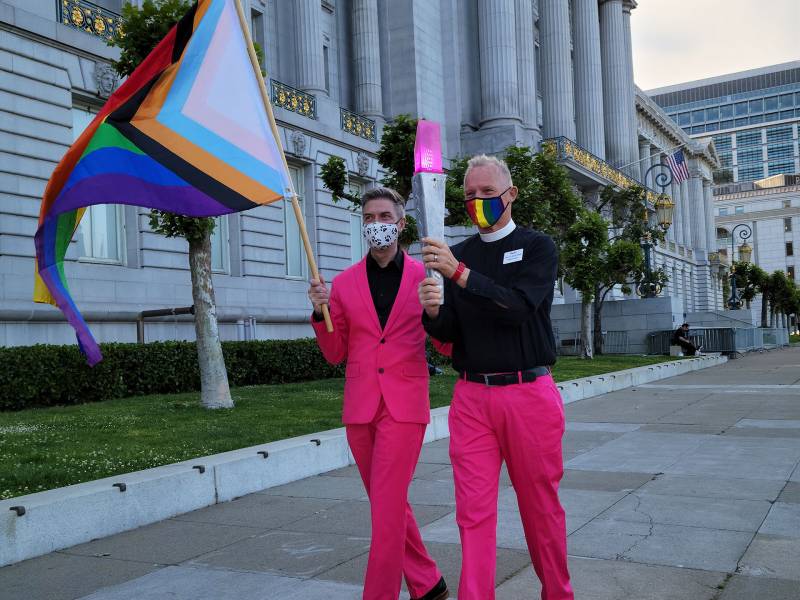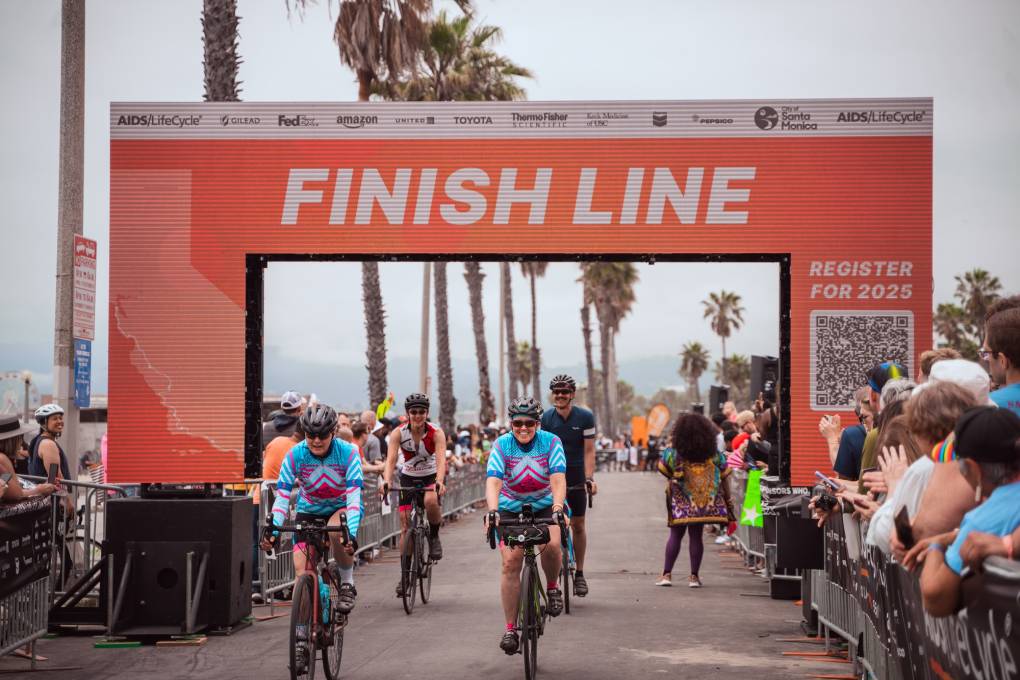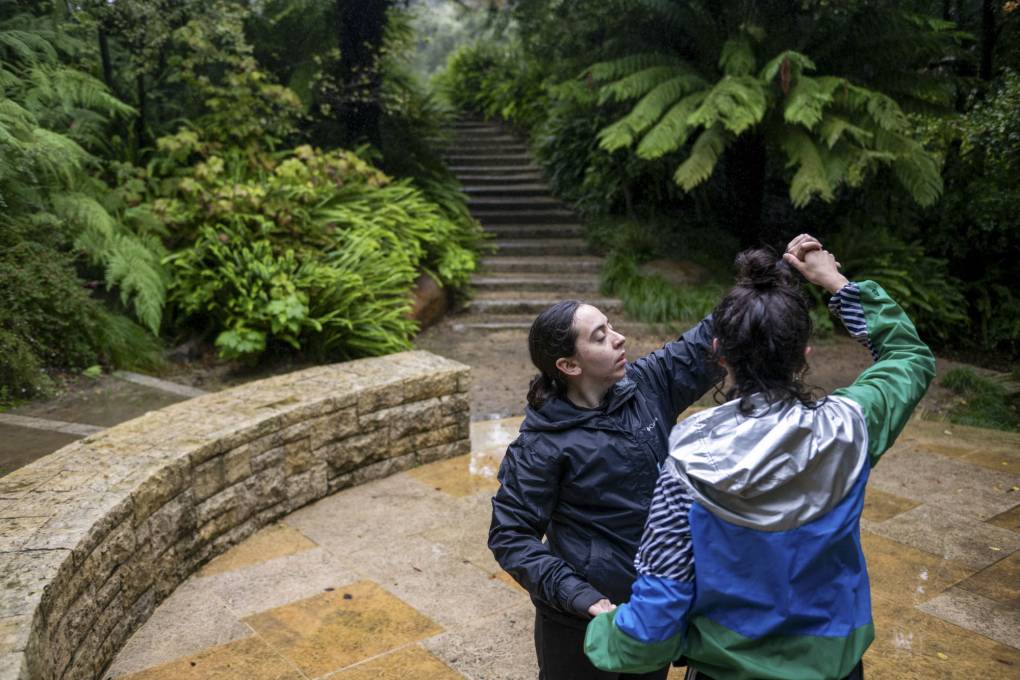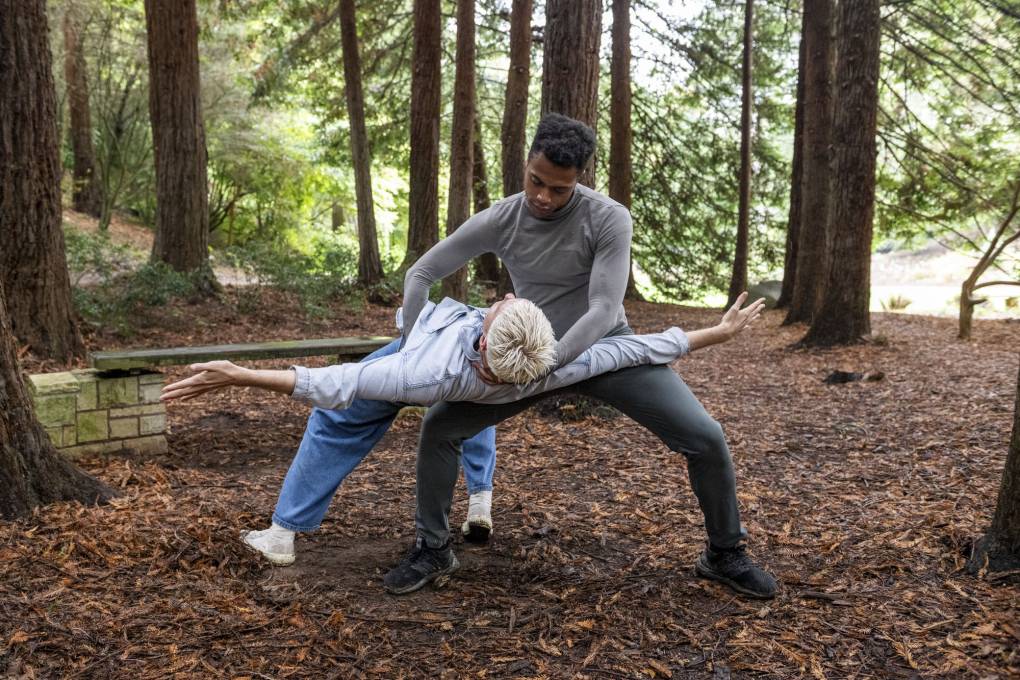The following has been edited for length and clarity.
You were working 40 years ago when AIDS was first discovered. What was that like?
Everyone died. I was a young person, and everyone I worked with, they were people like me. They were people that were in their 20s. And I saw them die within six months. No one I worked with during that time period survived AIDS. Everyone died.
Back in that time, in the early ’80s, everyone was afraid to touch and be close and hold people who had AIDS. And there were no or few religious leaders or clergy that allowed themselves to be present for people as they died, so many people died completely by themselves because of the shame involved. And even when I would go and do hospital visitation, we would have to completely gown up.
The promises I made were to people who had nobody left. And all of us that were activists, we all said to each other — and to the people that we loved and cared for — that we will never forget you, that we will say the story of your passing. And we made promises to them that we would not stop until there was a cure and until the stigma was gone. And that’s what that entire world was like. There were often weeks and months where I would go to four or five funerals, of men that were young — it wasn’t their time to die.
How have things changed over the years?
The face of AIDS has just completely changed. In the early ’80s, everyone within my community — the gay and queer community — primarily gay Caucasian men were dying. Now, it is a vast diversity of all different colors of people, and very strong components of that is poverty and a lack of stable housing, and access to care and services.
The other large part of this population that has changed is our transgender women of color community. They are being dramatically impacted by HIV and AIDS, and we are seeing that reoccurrence explode when at the very same time in other communities HIV/AIDS is being reduced. But within these communities it’s growing and it’s becoming more difficult to deal with.
Can you elaborate on why it’s becoming more difficult to deal with?
I am a white, privileged gay man. It’s not hard for me to go to the doctor and get my needs met. [But] in the early ’80s, it was horrible for me to go to the doctor. It was horrible for me to have to ask for the services I needed because doctors then judged me and shamed me about being openly gay and having gay sex.
Today, people who self-identify as being transgender are experiencing those same kinds of oppressive characteristics of medical care, health care, access to care and services, and additionally, access to safe and clean and affordable housing.
For many of us who have been through this journey a long time, are things better for people living with HIV/AIDS? Yes, they are. Can you have better access to better medications? Yes, you can. But for those that live on the margins, the same stigmas and obstacles exist that existed actually in the early ’80s. It’s just a different population group.
A 2019 report by the San Francisco Department of Public Health found that the HIV/AIDS population is also getting older. Specifically, it states that as of Dec. 31, 2019, 69% of persons living with HIV were aged 50 years and older. What are your thoughts on this aging population?
I know this may feel like a mixed celebration, but that is the most amazing news you could imagine — the fact that we as a population are aging, and HIV and AIDS has not killed us.
But there’s also that scary news of how do we take care of people when we’ve spent so many years just trying to preserve life? Now that we see an aging population, we have to, I think, reconstruct ourselves into what is long-term care.
What are some lessons we learned from 40 years ago that we can use today for those living with HIV/AIDS?
We’re good at [giving care]. We actually know how to do this. The people who come to Maitri, they don’t receive fair care, they receive remarkable care.
In the early 1980s, my clients would go to a clinic that was dirty, that often had people working there that disliked and hated them and that treated them badly. Right now, people who come for care and services here find extraordinary care, best practice care, staff that are highly trained and that are kind and gentle.



